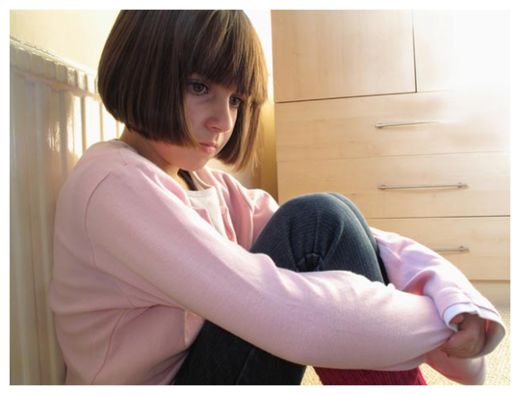The child abuse that takes place in one year in the United States will cost the nation $124 billion over the victims' lifetimes, according to a new report from the Centers for Disease Control and Prevention.
The findings reveal the financial burden of child abuse is just as high or higher than that of costly health conditions, including Type 2 diabetes.
"No child should ever be the victim of abuse or neglect - nor do they have to be. The human and financial costs can be prevented through prevention of child maltreatment," said Linda C. Degutis, director of CDC′s National Center for Injury Prevention and Control.
In 2008, there were 1,740 confirmed cases of fatal child abuse, and 579,000 nonfatal cases of child maltreatment, which include physical abuse, sexual abuse, psychological abuse and neglect, according to the report.
The cost of health care, child welfare and other services for each victim who survived their abuse will be $210,012 over the average victim's lifetime, which is higher than the lifetime cost of stroke ($159,846 per person) and Type 2 diabetes (between $181,000 and $253,000 per person). The costs of each death due to abuse are even higher, according to the report.
Child maltreatment has been shown to have many negative effects on survivors, including poorer health, social and emotional difficulties, and decreased economic productivity. These negative effects over a survivor's lifetime generate many costs that deleteriously affect the nation's health care, education, criminal justice and welfare systems.
The estimated average lifetime cost per victim of nonfatal child maltreatment includes:
- $32,648 in childhood health care costs
- $10,530 in adult medical costs
- $144,360 in productivity losses
- $7,728 in child welfare costs
- $6,747 in criminal justice costs
- $7,999 in special education costs
- $14,100 in medical costs
- $1,258,800 in productivity losses
Better solutions to prevent childhood maltreatment must be found, the CDC said. A parent's or caregiver's behavior is influenced by a range of inter-related factors, such as how they were raised, their parenting skills, the level of stress in their life, and the living conditions in their community.
"Federal, state and local public health agencies as well as policymakers must advance the awareness of the lifetime economic impact of child maltreatment and take immediate action with the same momentum and intensity dedicated to other high-profile public health problems in order to save lives, protect the public's health, and save money," Degutis said.




Reader Comments
to our Newsletter